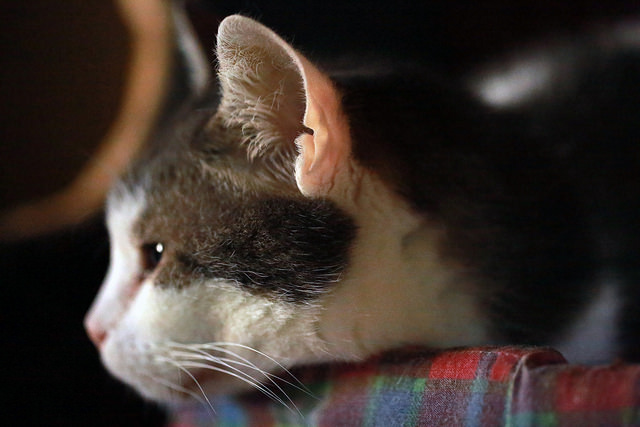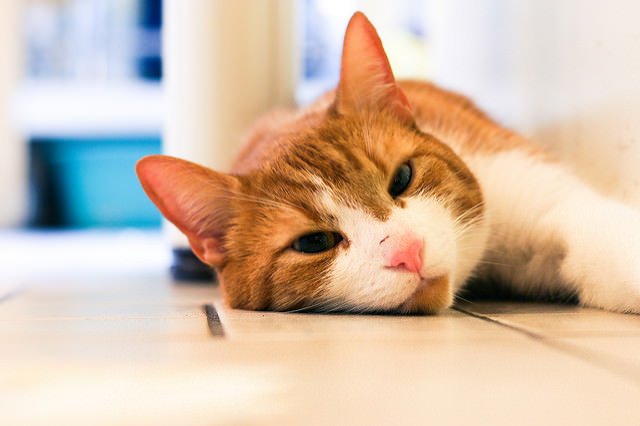If you’ve looked at a cat long enough, you’ve probably noticed they have some very interesting ears. Not only are they unique in their movement and hearing ability, they also have some odd features that aren’t common to other animals. One of these is a tiny pocket on the outside of the ears. It’s a small, fuzzy little pocket that is just at the base of the outer ear.
This pocket, called the Henry’s pocket or cutaneous marginal pouch, is essentially just a skin fold that’s noticeable on cats, bats and some dogs. But what exactly is the purpose of this little pocket? Well, nobody really knows for sure. Regardless of the species you’re examining, the actual function of the Henry’s pocket is unknown.

When looking at the overall ear, there are three parts: the outer ear, middle ear and inner ear. The outer ear is made of the pinna, which is the triangle shaped ear we see when looking at a cat, and the ear canal. The pinna funnels sound waves down the ear canal to the middle ear, where small bones send the vibrations to the inner ear. The Henry’s pocket is located along the pinna, and many think that it may assist in the detection of high-pitched sounds by diminishing lower pitches, especially when the cat’s ear is angled while hunting or playing.
This is just a hypothesis, however, and the actual function still remains a mystery. One thing we do know is that the Henry’s pocket is a place parasites like to hang out, so make sure that your veterinarian checks the area when looking into the health of your cat’s ears. If you notice any excessive scratching, you might want to take a look for ear mites or an infection. Checking this pocket will help ensure your cat has healthy ears.

So there you have it, folks. The Henry’s pocket is a mysterious little flap of skin along your cat’s outer ear. It’s purpose is unknown, but it might have a really neat function we just don’t know about yet. What we do know is that it’s pretty cute, very unique and a really soft spot to tickle when rubbing your kitty’s head.
Cover photo: Tomi Tapio K via Flickr.
